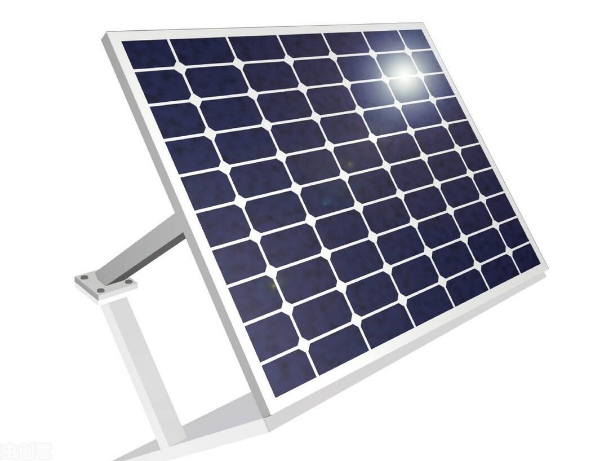If you look at a solar panel, you'll notice that there's a spacing between the cells in the solar panel, and it's not the same as the spacing on the side. Right? Everyone will look at you will have doubts, then one by one answer.
First, the inside of the panels inside the cell spacing is to satisfy the solar panels and the voltage of 6mm dc cable, if you need to 18 V solar panels, there will be a 36 small cell, a cell voltage is 0.5 V (ordinary single polycrystalline, no matter how much the cell size, as long as the cut into small pieces, One tablet is 0.5 V). The spacing is left because the copper belt is welded between the solar cells, the most important thing is to avoid short circuit, and the second is for aesthetics.
But the spacing inside is determined by the power of the solar panel, with the larger the power, the larger the spacing between the cells, and the smaller the power, the smaller the spacing. The left edge on the side is also determined according to the spacing, and the surface material of the solar panel. If it is glass surface, the spacing will be larger, it is easier to shift when laminating, and the left edge of PET/ETFE will be smaller. There is also to see whether you need to take the border. Without the border it will be smaller than the border with the border, with aluminum alloy border will be larger than the border with plastic.
 By extension, now many rural areas are installed with solar panels on the roof. Is there any gap between solar panels and panels? How big is it?
By extension, now many rural areas are installed with solar panels on the roof. Is there any gap between solar panels and panels? How big is it?
The solar panels should not be flush with the roof. This is because, on very hot days, the heat generated can leak into the top attic, causing it to overheat. As a result, most manufacturers recommend a four-inch gap between the panels and the roof. The gap between the last row of solar panels and the edge of the roof should be at least 12 inches or a foot. This is to ensure that the panels can be accommodated as they expand and contract during the day. It's a good idea to leave four to seven inches of space between two solar panels. Again, this is to accommodate the expansion and contraction of solar panels during the day. The gap between rows of solar panels should be five to six inches, but it is also recommended that you leave one to three feet of space between every second or third row. This is because there needs to be enough space for maintenance personnel to access the roof to make repairs if necessary.
Of course, you can make reasonable adjustments based on the actual power of the solar panel. If you look at a solar panel, you'll notice that there's a spacing between the cells in the solar panel, and it's not the same as the spacing on the side. Right? Everyone will look at you will have doubts, then one by one answer.
First, the inside of the panels inside the cell spacing is to satisfy the solar panels and the voltage of dc cable need 6 mm, if you need to 18 V solar panels, there will be a 36 small cell, a cell voltage is 0.5 V (ordinary single polycrystalline, no matter how much the cell size, as long as the cut into small pieces, One tablet is 0.5 V). The spacing is left because the copper belt is welded between the solar cells, the most important thing is to avoid short circuit, and the second is for aesthetics.
But the spacing inside is determined by the power of the solar panel, with the larger the power, the larger the spacing between the cells, and the smaller the power, the smaller the spacing. The left edge on the side is also determined according to the spacing, and the surface material of the solar panel. If it is glass surface, the spacing will be larger, it is easier to shift when laminating, and the left edge of PET/ETFE will be smaller. There is also to see whether you need to take the border. Without the border it will be smaller than the border with the border, with aluminum alloy border will be larger than the border with plastic.
By extension, now many rural areas are installed with solar panels on the roof. Is there any gap between solar panels and panels? How big is it?
The solar panels should not be flush with the roof. This is because, on very hot days, the heat generated can leak into the top attic, causing it to overheat. As a result, most manufacturers recommend a four-inch gap between the panels and the roof. The gap between the last row of solar panels and the edge of the roof should be at least 12 inches or a foot. This is to ensure that the panels can be accommodated as they expand and contract during the day. It's a good idea to leave four to seven inches of space between two solar panels. Again, this is to accommodate the expansion and contraction of solar panels during the day. The gap between rows of solar panels should be five to six inches, but it is also recommended that you leave one to three feet of space between every second or third row. This is because there needs to be enough space for maintenance personnel to access the roof to make repairs if necessary.
Of course, you can make reasonable adjustments based on the actual power of the solar panel.